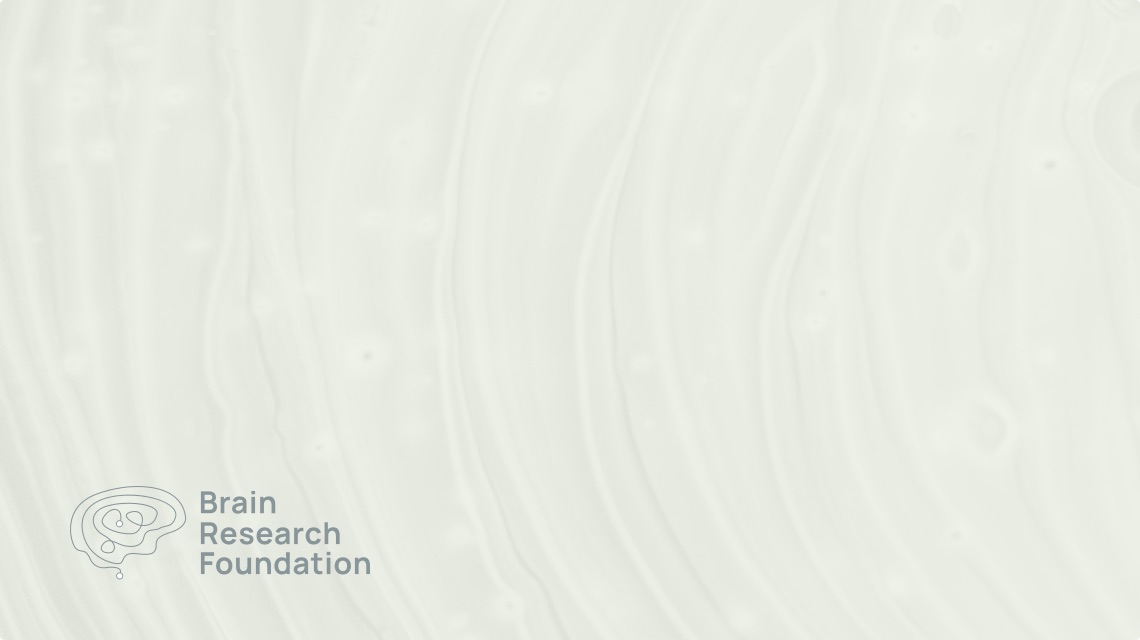2022 Seed Grant
Erin M. Gibson, Ph.D.
Stanford University
The brain consists of two main classes of cells, neurons and glia. Glia make-up more than half of the cells in the brain and perform such diverse functions as maintaining structure, support, and connection between neurons, modulating the immune response within the nervous system, protecting neural homeostasis, and myelination. Myelin, the multi-layered structure that surrounds and insulates neuronal axons allows for proper communication between and metabolic support of neurons. Nearly half of the brain is composed of white matter tracts that consist of these myelinated axons in which new myelin-forming oligodendrocyte production from the oligodendrocyte precursor cell (OPC) is critical to neurodevelopment, maintenance, and plasticity with age. The OPC is the most abundantly cycling cell in the brain and maintains an even distribution throughout the entire brain. The processes that regulate this steady-state ability of OPCs throughout the brain are not completely understood. One mechanism known to modulate not only the cell cycle but also the morphology and metabolic function of cells is the circadian-or 24-hour-molecular clock. Virtually every cell in the body contains the molecular clock machinery necessary to cycle on an ~24-hour schedule which when synchronized by the brain’s master clock allows for entire organ systems, and thus organisms to synchronize to the 24-hour light/dark cycles experienced on Earth. How the circadian clock modulates these highly proliferative and morphologically dynamic OPCs and subsequent myelination remains unstudied. There remains a critical gap in our understanding of OPC dynamics that can not only influence how the brain develops and ages, but also how it may influence brain dysfunction associated with aging. This is especially intriguing given the fact that most neurodegenerative disorders, such as Alzheimer’s disease and multiple sclerosis, exhibit circadian, metabolic, and myelin disruptions, yet we know little about how these systems interact throughout development and aging.


